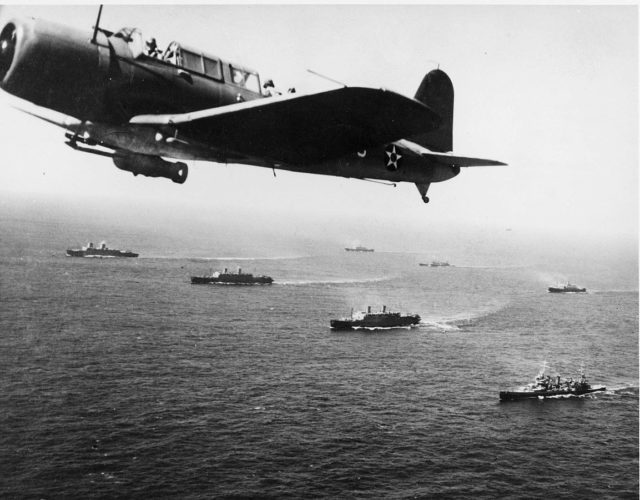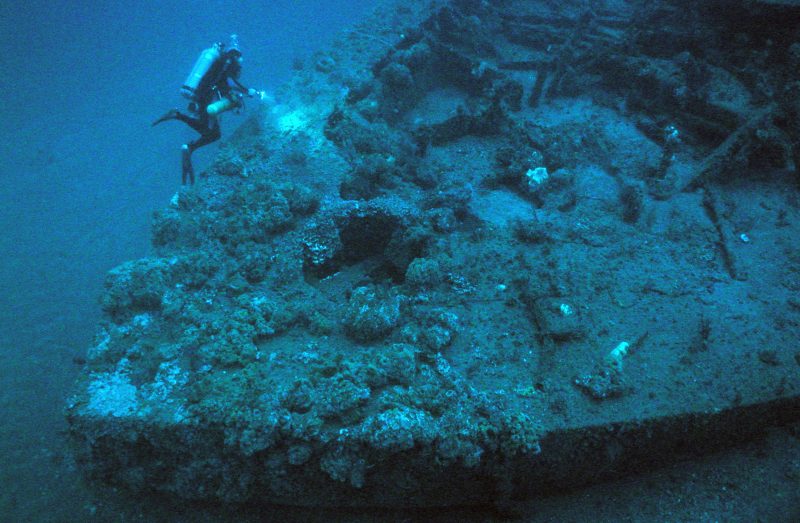The 2016 Battle of the Atlantic Project is a project run by the NOAA and its partners. The aim of the project is to locate, survey and identify the wrecks of some of the German U-Boats and many merchant marine vessels that sunk as part of the Battle of the Atlantic during WWII.
In the same way that battlefields on land are revered and protected all over the world, NOAA wants to extend the current Monitor National Marine Sanctuary to include many more of the wrecks associated with WWII. The Monitor Marine Sanctuary was created to protect the wreck of the American Civil War iron-hulled steamship, the USS Monitor, which sank on the 31st December 1982 taking 16 crewmen to their deaths. The battle between the USS Monitor and the USS Virginia was the turning point in modern naval warfare. The USS Virginia was scuttled after the battle, and the USS Monitor survived to help the Union forces until she foundered in a storm off Cape Hatteras.
The Battle of the Atlantic was fought between the German U-Boats, who did their best to destroy as many merchant vessels as possible to prevent the supply of raw materials getting to Britain and the Merchant Navies of the Allies protected by their naval forces. This battle raged over the entire Atlantic and was the longest and most complex naval battle of WWII.

Within a day of Britain declaring war, the battle commenced and for American forces the coast of North Carolina saw the first attacks very soon after Pearl Harbour. The German U-Boats began to patrol the American coastline around North Carolina, and the U-Boat captains were stunned to see the American merchant fleet going about their business with lights blazing, no escorts and silhouetted against the lights of cities. By staying submerged during the day and coming to the surface at night, they engaged in the American Shooting Season and sank ships with impunity. For example, in 1942 they sank more than 80 ships, and more than 1,800 sailors died of whom 1,100 were merchant mariners.
The creation of the Monitor National Marine Sanctuary was an attempt to not only protect the wreck of the Monitor and prevent unauthorised salvage and the accompanying damage that can cause this kind of practice, but it also preserves part of America’s history and provides a platform to bring it alive to thousands of visitors each year.
If America believes that the wreck of the Monitor is relevant to their history and should enjoy the same level of protection as any land-based battlefield, such as Gettysburg or Shiloh, then the battlefield of the North Carolina coast must warrant the same treatment. There, the bones of both ship and soldiers, lie on the sea floor as a testament to the bravery and dedication of those who gave their lives as bravely as any other serviceman during WWII in defence of their country.
David Alberg, the superintendent of the Monitor National Marine Sanctuary, said, “The significance of these sites cannot be overstated. This area of North Carolina is the best representation of a WW II battlefield off the East coast. Now, working with our partners, we have an opportunity to study it, characterize it, and, like other historic battlefields in this country, hopefully, protect it.”
Additional funding to support the mission was provided through a grant from NOAA’s Office of Ocean Exploration and Research and the Bureau of Ocean Energy Management.
Lead Image courtesy of National Oceanic and Atmospheric Administration.
